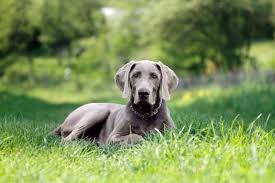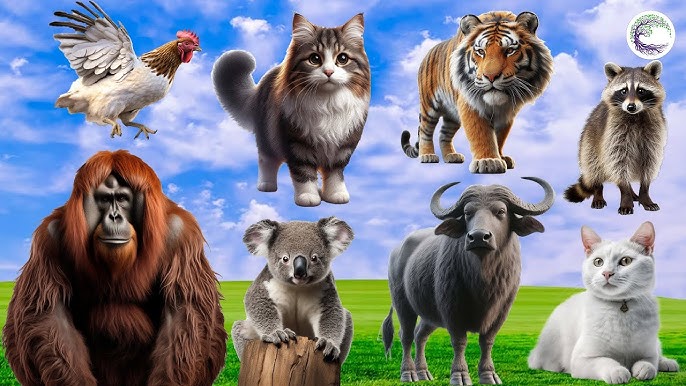
Chien-gris
The Chien-gris was well-suited for rural environments where it had plenty of space to roam and exercise, reflecting its heritage as a hunting dog.
Useful Fact: These dogs thrived in open spaces and were accustomed to the rigors of hunting in varied terrains, making them ideal for country living.
A balanced diet rich in protein and essential nutrients would have been crucial for maintaining the health and energy levels of the Chien-gris.
Useful Fact: As a working breed, they required a diet that supported their high energy expenditure, especially during hunting expeditions.
The Chien-gris was generally robust but, like many large breeds, could have been prone to hip dysplasia and other genetic conditions.
Useful Fact: Regular veterinary check-ups and maintaining a healthy weight through diet and exercise would have been essential for their well-being.
The Chien-gris had a dense, coarse coat that required regular grooming to keep it in good condition and to manage shedding.
Useful Fact: Regular brushing would have helped keep their coat healthy and reduced the amount of shedding, particularly during seasonal changes.
Chien-gris hounds were intelligent and eager to please, making them relatively easy to train with positive reinforcement methods.
Useful Fact: Early training and socialization would have been crucial to channel their energy and intelligence into productive activities, especially in hunting and tracking.
These dogs enjoyed activities that stimulated their mind and body, such as tracking games and fetch.
Useful Fact: Engaging them in activities that mimicked hunting scenarios would have helped keep them mentally and physically stimulated.
As strong and active dogs, Chien-gris hounds required supervision during outdoor activities to ensure their safety, particularly due to their strong prey drive.
Useful Fact: Secure fencing in the yard would have been vital to prevent them from wandering off or chasing after wildlife, ensuring their safety.
Durable collars, leashes, and harnesses would have been essential, along with sturdy food and water bowls and a comfortable bed.
Useful Fact: A well-fitted harness would have provided better control during walks and hunting expeditions, ensuring comfort and safety.
Early and consistent socialization with a variety of people, animals, and environments would have helped ensure a well-rounded and balanced temperament.
Useful Fact: Exposure to different environments and regular interaction with other dogs would have improved their social skills and confidence.
Chien-gris hounds would have traveled well if accustomed to it from a young age. Ensuring they were comfortable and secure during travel would have been important.
Useful Fact: Using a spacious crate or secure dog seat belt could have enhanced safety and comfort during car rides, reducing anxiety.
These dogs were loyal, friendly, and enjoyed being close to their owners. They thrived on companionship and needed regular mental and physical stimulation.
Useful Fact: Understanding their need for activity and social interaction would have been key to providing appropriate outlets for their energy, such as hunting or advanced obedience work.
For those considering owning a similar breed today, checking local regulations regarding dog ownership, including vaccination requirements, leash laws, and registration, is important.
Useful Fact: Awareness of local laws and breed-specific regulations helps ensure responsible ownership and compliance with legal requirements.




